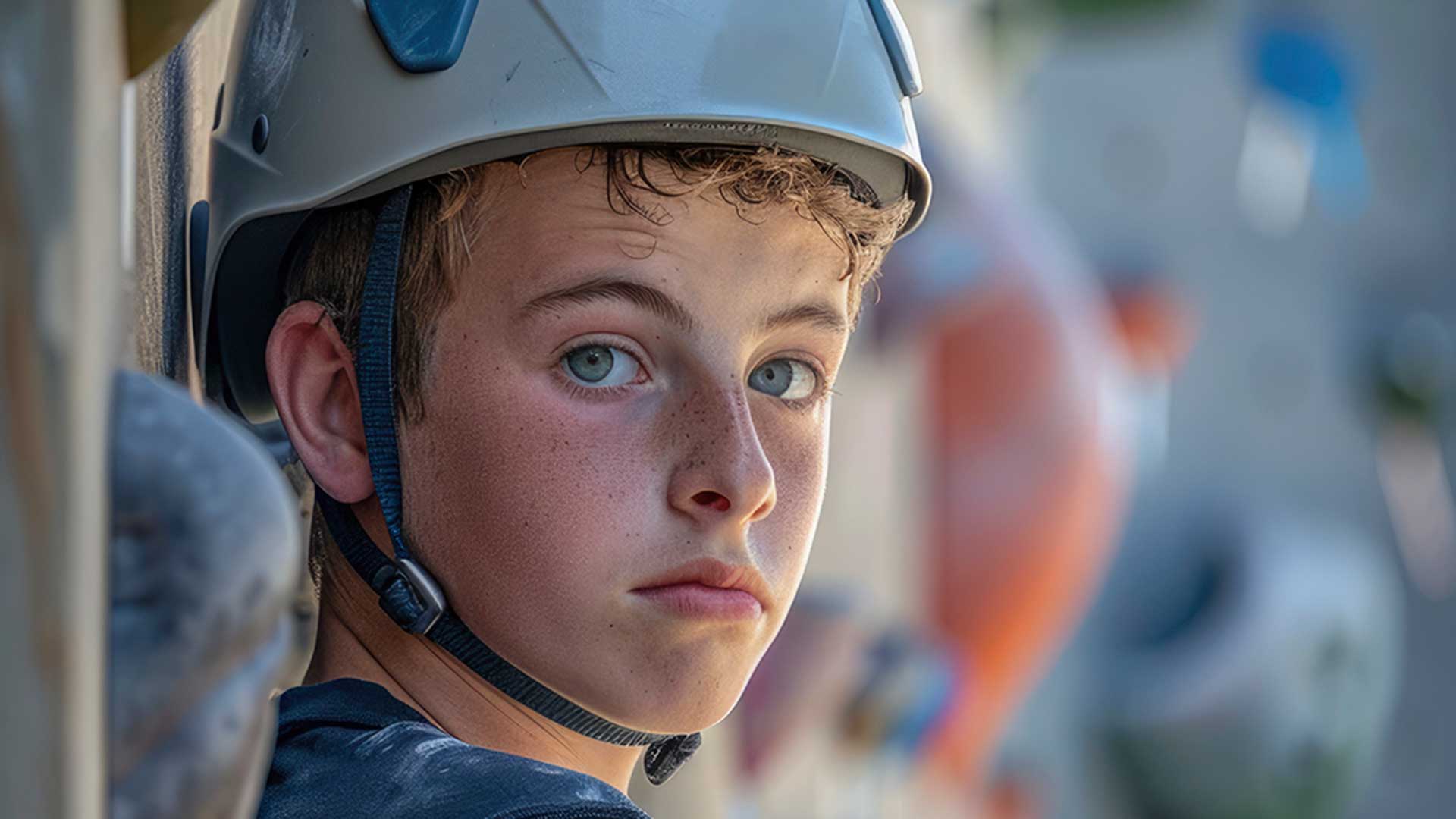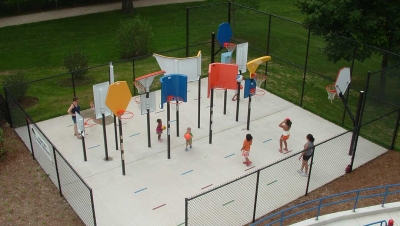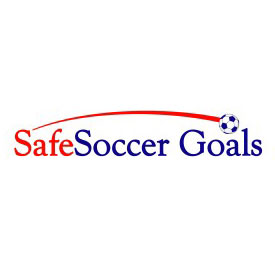Sport and recreation have been a significant part of society since human history began.
Sport and recreation have been a significant part of society since human history began. Sports and recreation activities have been where people learned, practiced, honed, and demonstrated their skills in hunting or military training. In Greek and Roman times, the activity ranged from harmless competition to deadly gladiatorial contests and chariot races. Today, participants in sports, recreation, playgrounds, and challenge and ropes courses expect all the benefits they and society perceive from participation in the activity without anticipating an injury. Sports and recreation are not passive, nor are they like workplaces where the safety goal is zero injuries.
Risk is everywhere in life. The simplest daily activities can result in life-changing injuries. Sport and recreation have non-zero injury severity and likelihood of occurrence. Interestingly, standards related to sports such as football, wrestling, and playgrounds set the probability of injuries to a 10% risk of skull fracture and an 18% risk of a life-threatening injury and are only intended to prevent the life-threatening or debilitating injury. This degree of risk may not square with the expectations of those who are injured or their legal representatives. Injuring a person is likely to attract a demand for payment to cover the cost of recovery from the injury.
In some cases, plaintiffs may convince a court that a damage award is warranted because the cause of the injury should have been known and prevented with some forethought and care. This situation places facility owners in a precarious situation. Without being able to rely on standards, they risk losing their life’s work on a single throw of the dice.
Research has shown that children need risk to develop their ability to identify hazards and avoid injury. Preventing them from exploring their capabilities can result in stunted development and an inability to adequately identify risk, leading to increased anxiety and poor decision-making later in life. In some cases, jurisdictions have attempted to protect children from risk by applying occupational health and safety techniques to reduce their risks. While this approach seems laudable, the result was a generation of children struggling with life’s challenges. This situation led to the rise of the “risky play” movement and the development of early concepts of benefit-risk assessment. Some of the tools developed by proponents of the movement do not provide sufficient analytical rigor to make them applicable to people trying to apply them.
A balance was needed between the benefits of an activity, whether an organized team sport like soccer or hockey or an individual activity like hiking, swimming, or rock climbing. Youth organizations offering outdoor activities like camping, canoeing, or group hiking must strike a sound balance between their activities’ challenges and the risks the participants will face. Unfortunately, few providers have formal training in risk assessment, and for many, the benefits of an activity are vague and assumed. Providers needed tools to help ensure that challenging activities are unlikely to have a tragic ending.
ISO 4980:2023, Benefit-risk assessment for sports and recreational facilities, activities, and equipment offers an alternative to this uncertainty for equipment and facilities designers, installers/manufacturers, and owners/operators of sports and recreation facilities or equipment. The standard gives readers decision-making tools to help them understand both the benefits of the activities they envision and the risks to participants to enable a decision to allow the activity to occur and the appropriate level of preparation and protective measures needed to reduce risk while providing the required challenge for the participants.
The standard provides a straightforward, logical approach to identifying benefits and risks, encouraging users to ensure that the equipment, facilities, and activities they plan offer enough challenge with a tolerable level of risk.
ISO 4980 brings rigor to risk assessment by giving readers the tools to determine the potential severity of the injury, the likelihood of that injury occurring, and the ability of participants to avoid or limit the harm that can arise in hazardous situations. This approach recognizes the level of risk involved, which decision-makers can compare to the limits set by law in any jurisdiction. Standard users can compare the assessed risks to their organization’s risk tolerance where laws do not provide explicit limits.
Claiming tolerable risk is bold for any sport or recreation provider. A provider can only make this claim if they can define and balance the benefits of the activity with the risk of injury. ISO 4980 provides the user of the document a method for defining and articulating the benefits of the activity to the person, their peers, and society, followed by an evaluation process to determine if the benefits outweigh the risks. The standard requires readers to monitor the benefits and the risks once participants begin participating in the activity. If changes are detected, the stakeholders must update the benefit-risk assessment and adjust how the equipment, facility, or activity is offered.
The standard applies equally to the products, facilities, and activities by focusing on generic, site-specific, and dynamic risk assessments. Product designers and manufacturers use generic risk assessments to identify and eliminate hazards that can be eliminated without negatively affecting the use of the product, develop risk controls for those risks that can be controlled, and develop suitable hazard warnings for residual risks. Landscape architects, project engineers, and site owners use site-specific risk assessments to identify hazards created by the site design and eliminate or control the risk that can be created through the geography of a site, location of equipment, or other design features—for example, the relative location of play structures and equipment in a playground. Activity leaders use dynamic risk assessment continuously while they are leading a group. For example, a hike leader must consider the weather conditions on the day of the hike, the fitness and preparedness of the hike participants, their fatigue levels during the hike, etc. Dynamic risk assessments are rarely documented due to their nature; however, they must be done by skilled and competent people. Training and experience in identifying and addressing risk in a dynamic environment is a requirement.
There is the potential for overlap or conflict between the design of a product or tool, the location of use and the ways it might be used. For example, an organization might decide to use a product in a way that was not anticipated by the product designer, or a participant might choose to use the product in a manner that they might have seen or be familiar with, but which was not as intended by the manufacturer. Both examples could be considered foreseeable uses of the product. These situations require documenting the residual risk, the benefits, and the information for use (i.e., manuals, instructions, hazard warnings, demonstration videos, etc.) to be very specific so that the next assessor in the line can understand the limitations of the previous assessment.
Assessors should avoid assumptions about the next person down the line, whether an owner/operator, activity leader, or participant has the same knowledge or experiences as the original assessor. Circumstances, particularly the use of the product or facility, can change over time, with the potential for changes in the risk profile. These changes in circumstances can be through a change of intention, weather conditions, material fatigue or aging, or changes originally unanticipated at the time of implementation. Periodic review of benefit-risk assessments must occur to ensure that unanticipated changes have not introduced new hazards or after a significant change, such as a major weather event for an outdoor facility or product.
Benefit-risk assessment almost always involves a team familiar with the design of their aspect and use of the product, facility, or service. Generally, a competent facilitator will work with the team to help determine the details needed to assess benefits and risks. Training in the knowledge, skills, and techniques used in benefit-risk assessment is required to develop the competence necessary to perform the benefit-risk assessments. For organizations leading groups, group leaders must be competent in dynamic risk assessment because performing dynamic risk assessments at the moment is critical to participant safety. There will not likely be documentation because of the immediacy and urgency of dynamic risk assessment. Therefore, prompt accident reconstruction when an incident occurs is critical to determine the cause and consider ways to prevent a similar occurrence.
ISO 4980 provides a complex and robust methodology that helps the providers of products, facilities, and services in evaluating the risk of a specific injury threshold and independently the benefits of the product, facility, or service, culminating in an evaluation that the benefits are equal to or greater than the tolerable risk. In the end, the remaining risk needs to be communicated to the user, participant, or patron to allow them to determine their risk or role in the prevention of an injury that is not acceptable to them.
Coauthored by Rolf Huber, [email protected] and Douglas Nix, C.E.T., [email protected]




















